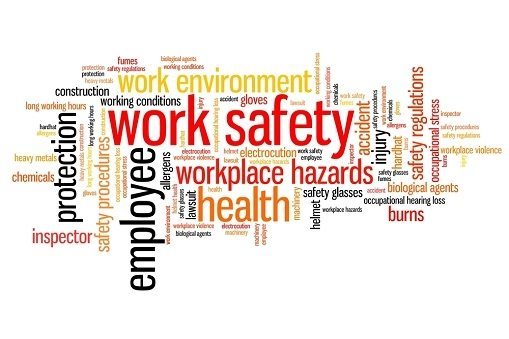Introduction
Hence, by understanding the various factors involved in the business, the facility management becomes a vital element in giving the employees and clients a safe environment within which they can work. Speaking of the main parameters, effective in facility management is infrastructure maintenance, space, and the key focus on the safety of work. It is possible for the facility managers to greatly lower the risks of accidents, injuries, and possible legal actions by having strong safety measures in a building. Facility management plays a crucial role in establishing security in facilities and this blog post will identify security strategies that can be leveraged.
First of all, facility management involves the administrative maintenance of physical structures in an organisation’s premises. This ranges from physical structures like building and structure maintenance to Technical services like management of facilities’ utilities including heating, ventilation and air conditioning (HVAC), and mechanical systems. These systems should be inspected and maintained often to avoid mishaps such as faults or failures that may result in risks to safety. The assessment and quick resolution of problems in the course of managing facilities will help reduce any chances of accidents or incompletion that may threaten the lives of employees.
Furthermore, managers of facilities have to consider space planning and layout design as the main priorities. Thus, ergonomics also solves the problem of the layout of equipment and furniture within an office environment, the organisation of traffic and evacuation routes in case of emergencies. Proper planning of space is not just favourable to productivity but also crucial so as to avoid obstacles when the escape paths are to be used. Architects and interior designers should work hand in hand with the facility managers to ensure that the interior design and construction reflects safety and security standards while at the same time not negating the functionality.
Another important activity relevant to the field of facility management is the implementation of security measures. This entails installing security doors and locks, security cameras, alarms, and any other security gadgets that will alert security when there is an intrusion. To ensure that the t premise is secure, the facility managers need to undertake security risks assessments from time to time and prevent security risks. Being able to train the employees to uphold necessary security measures like how to use badges correctly and how to report possible suspicious behaviours is critical to the security of employees in the workplace.
Additionally, emergency preparedness plans as well as measures should be adopted and put into practice by facility managers. Swift action plans in case of such mishaps should also state how the various emergencies such as fire outbreak, natural calamities, medical crisis, or acts of violence should be addressed. These kinds of activities should be periodically rehearsed to guarantee that employees are informed of the aforementioned procedures and know how to act in emergency situations. Managers should also address the aspect of information sharing and the specific means of doing so during an emergency in addition to interactions with external agencies.
A correct organisational culture occupies a not unimportant place in the preservation of the safety of the workplace. It is here that facility managers should work at increasing safety consciousness among employees via systematic education, advertising of the safety policy, and constant information exchange. When safety becomes a working culture of the company, employees will be in a position to carry out safety measures, report any signs of hazards and even prevent the occurrence of a mishap.
Finally, it is the requirement of the facility managers to constantly keep themselves informed with the existing safety codes and laws. Adherence to local, national and industry specific safety requirements are very important in order to prevent legal consequences. This is a significant reason why a company must periodically revisit and update the various safety policies and practices as harmonised with the various legal requirements and other progressive advancements on the topic.
In conclusion
Thus, it can be concluded that the management of facilities is a critical component towards guaranteeing a secure condition in the workplace. There are few strategic areas which, if addressed diligently, help the facility managers to develop a healthy working environment for the employees; they include infrastructure management and maintenance, space management, providing adequate and proper safety and security provisions, emergency planning and having understandings of safety awareness campaign and keeping abreast with the legal requirements. Forcing organisations to keep checking on the safety of their employees does more than just keep the employees safe from harm; it also guarantees productivity, uplifting morale, as well as organisational success. Therefore, businesses must recognize the importance of facility management in safeguarding their most valuable asset: Of course, this information is primarily of interest to their employees.





Leave a Reply